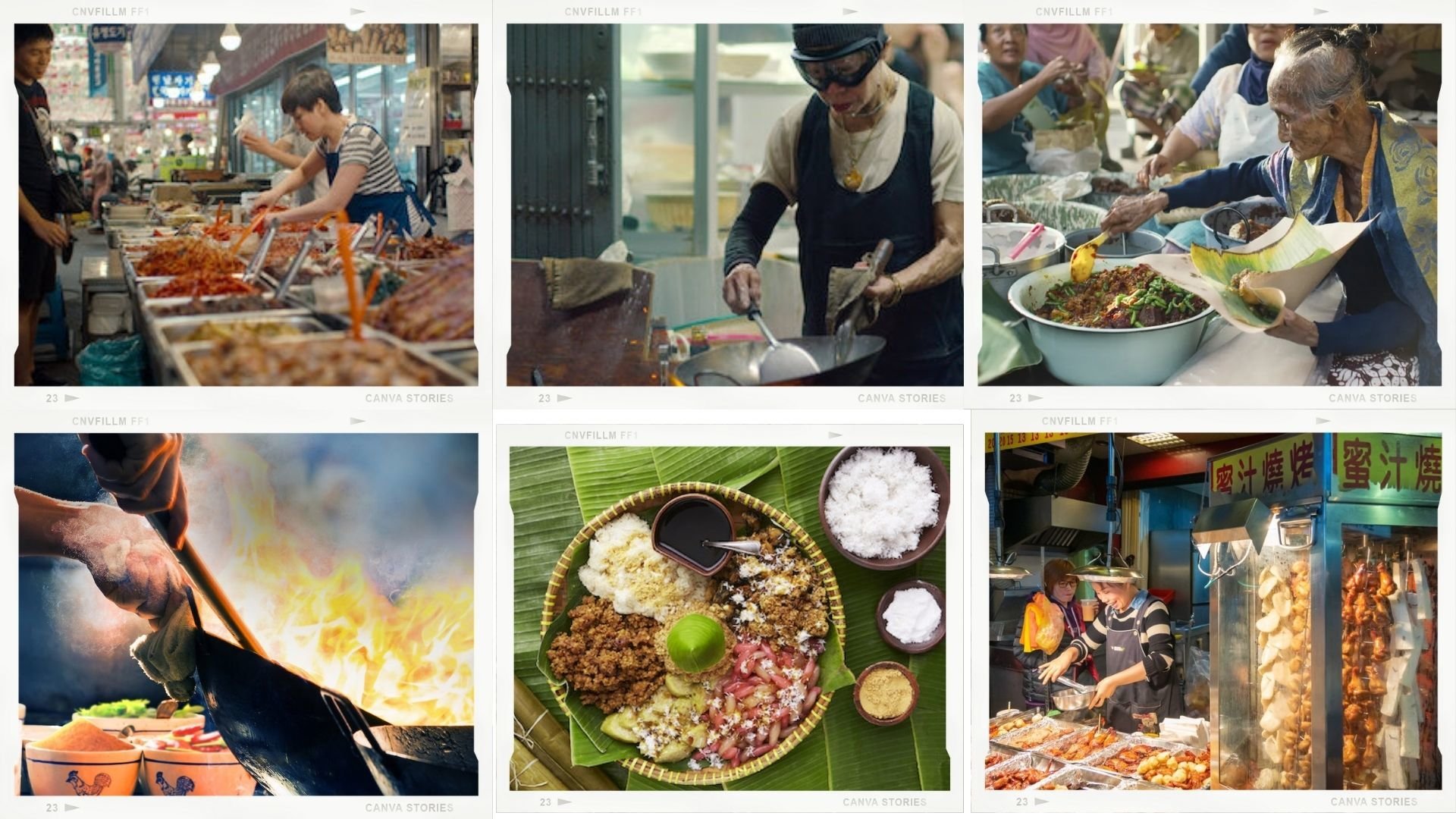
Street food in Vietnam
Snail and broken rice are cornerstones of Ho Chi Minh City's outdoorsy street food culture, which has been impacted by history as well as family memory.
Ho Chi Minh City, Vietnam's most popular street food paradise, was the setting for the Vietnamese episode. It centers on two chefs, one who sells snails and the other who sells pho (beef or chicken noodle soup).
Truoc, a woman from Ho Chi Minh City, tells about learning to prepare snails the way her father did. Truoc's embryonic street-food company was plagued by people demanding high lease costs after his death, and her family was living in abject poverty. Her newborn infant died soon after birth, an occurrence she did not directly ascribe to the stress of fighting to survive, but it's clear that the two are linked. She, like many other street food vendors, had to save and borrow in order to buy more expensive ingredients, which was an important step in distinguishing herself from other street food vendors.
It also has information on two of Saigon's most popular street foods: com tam (broken rice with grilled pork, pig skin, egg, and fish sauce) and banh mi (Vietnamese sandwich).
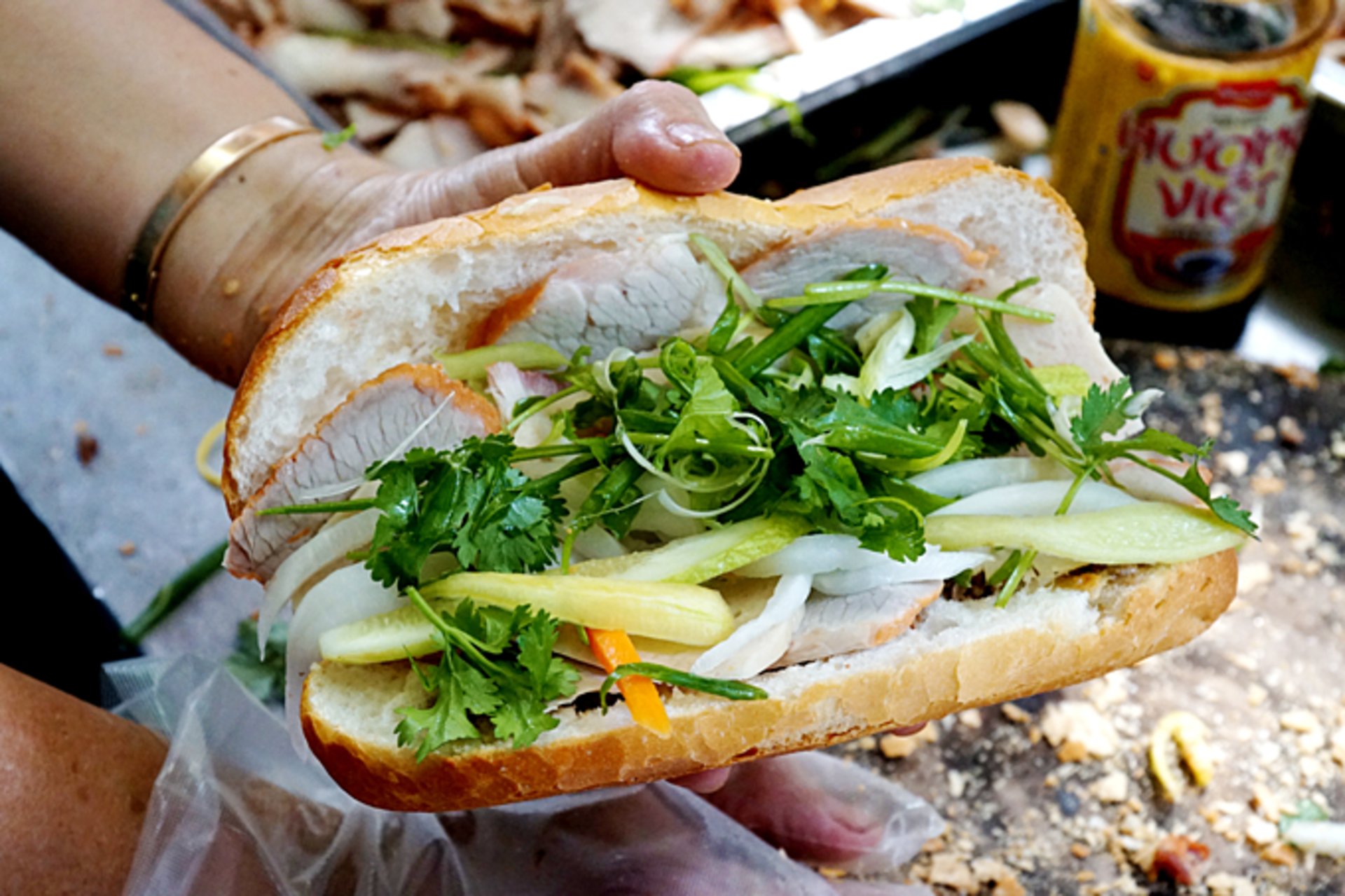
Credit: Google
Street food in Thailand
Jay Fai, a Michelin-starred street-food cook in Bangkok, talks about how she started her business after a stairwell collapsed next to her while she was working as a seamstress, destroying everything she owned in the process.
Christian (2019) shared that the food is excellent, on par with some of the world's greatest restaurants, but it was Jay Fai's inspiring work ethic that made the visit truly memorable.
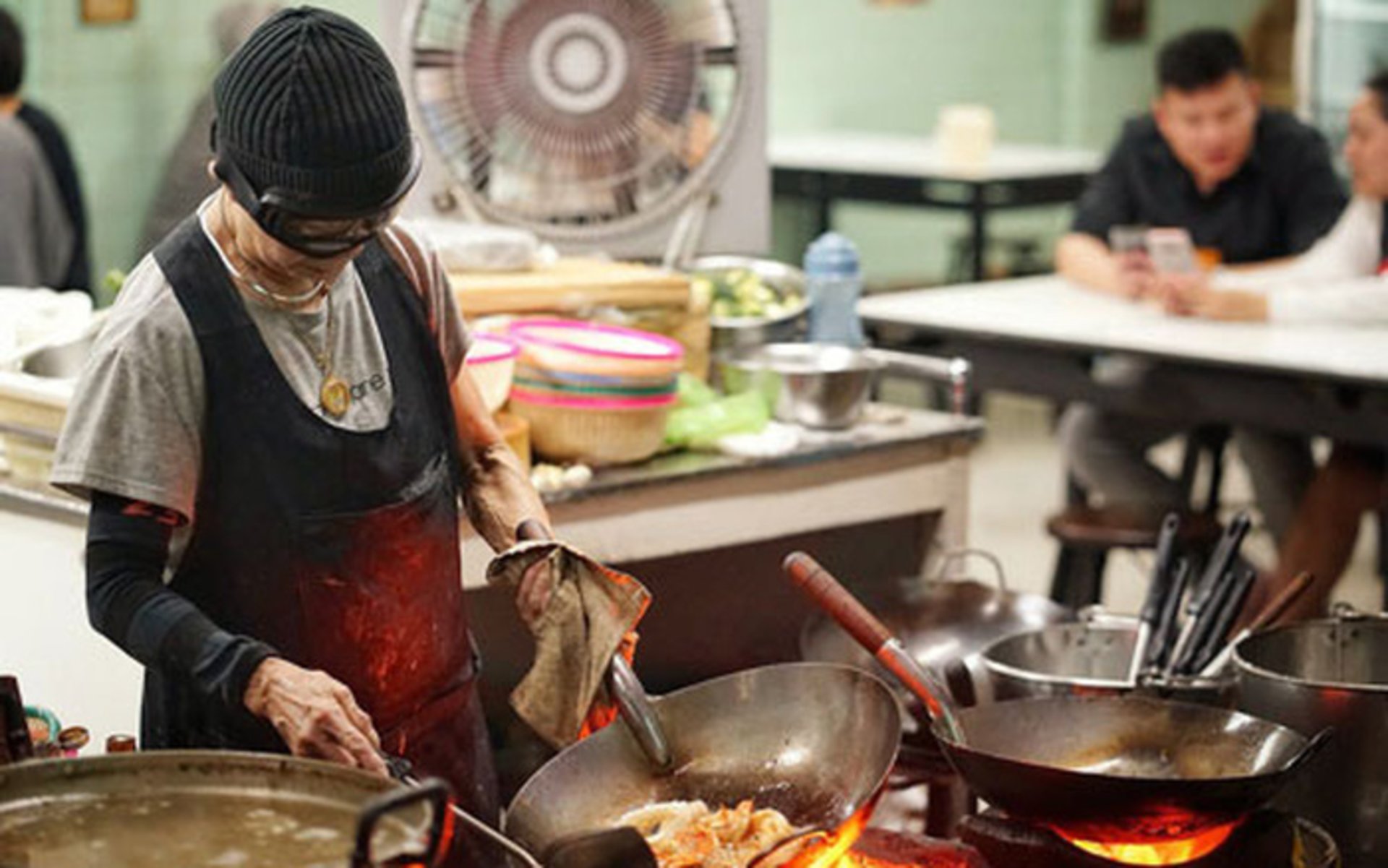
Credit: Google
Street food in Korea
Gwangjang Market's food stalls provide some of South Korea's most famous traditional favorites, such as soy-marinated crabs and knife-cut noodles.
In the Seoul episode, Cho Yong Soon cooks and sells knife-cut noodles in a public marketplace, and she shares a heartbreaking story of how she came to run such a popular establishment. Her husband announced that he'd gotten the family into debt after years of being a stay-at-home mother. Cho Yong Soon went to work because she needed to pay for her children's schooling, and she continued to work despite being ridiculed and mocked by the other market vendors.
Cho Yong Soon delivers thick and savory kalguksu (Korean knife-cut noodles) with a rich and flavorful broth. The noodles are soft and chewy, making them ideal for slurping. Her kimchi was "sublime," according to Daniel Gray, a food journalist and restaurant.
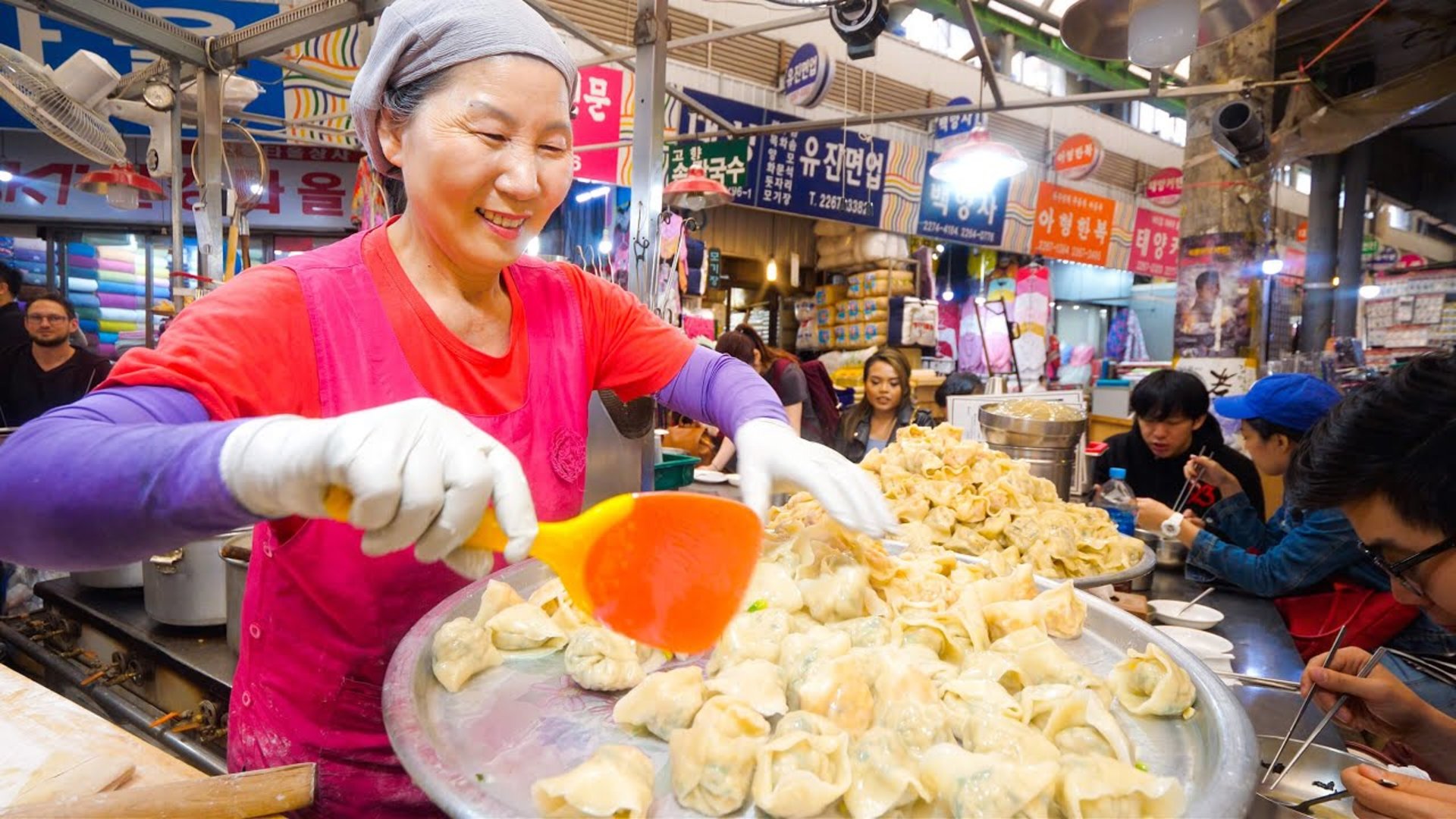
Credit: Google
Street food in Singapore
Putu piring, wonton noodles, chili crab, and chicken rice are just a few of the dishes on the menu. Hawkers selling Singapore's favorite meals provide an insight into their lives.
Aisha Hashim, a young woman from Singapore, is attempting to modernize their parents' business so that ancient, vanishing street meals do not go extinct. Both the traditional and the creative have a place in this world.
Lina Rahim told CNA Lifestyle that Aisha Hashim's story moved her, despite the fact that "Singapore food" rarely comes to mind when she thinks about putu piring.”
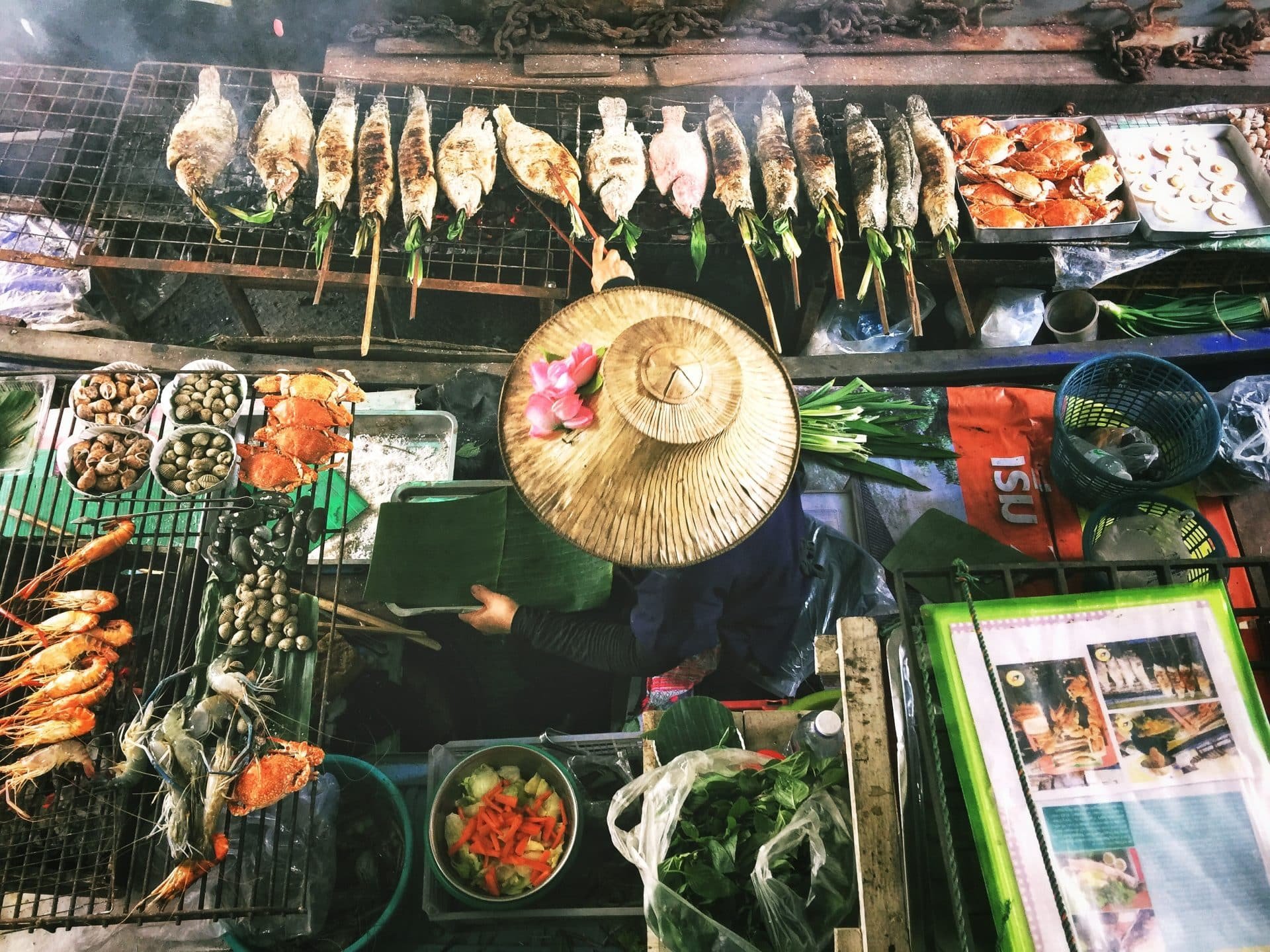
Credit: Google
Street food in Japan
Tokyo is the witty, feisty chef of a famed izakaya in Osaka, the epicurean city famous for popularizing okonomiyaki and other street foods.
Toyo of Izakaya Toyo thinks that "making people happy is more essential than making money" and has done it with his dynamic service for more than 30 years in Osaka, when most food vendors have been forced to go inside.
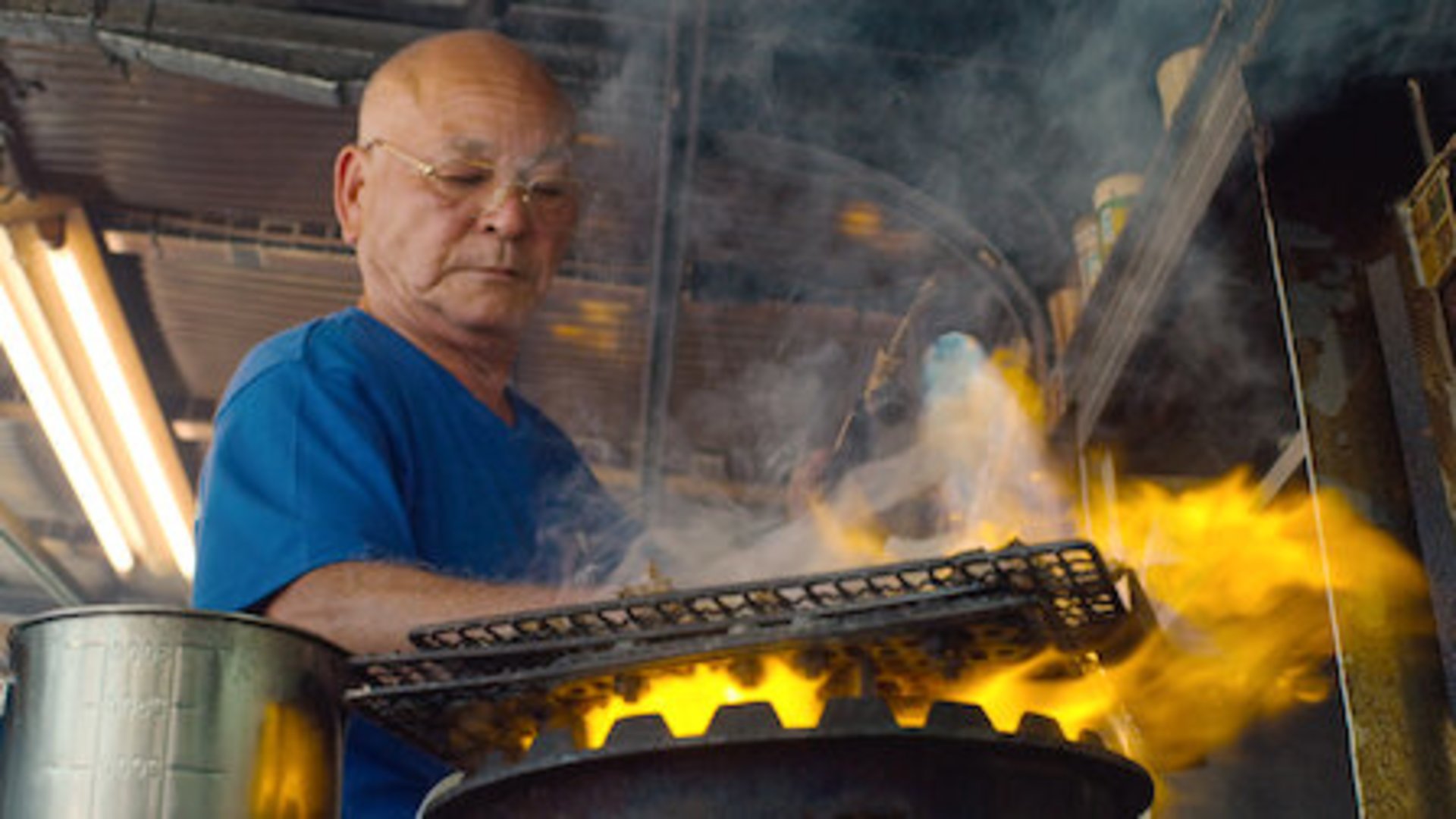
Credit: Google
Street food in Philippines
Florencio Escabas prepares a reef eel soup popular among the island city's numerous citizens by utilizing the vast biodiversity of the land and water.
Episode nine, on the other hand, concentrates completely on Cebu, traveling from Talisay, where lechon vendors abound, to Cordova, a peaceful beach hamlet. The episode opens with a seaside shack at daybreak, rather than umbrella-topped fish ball carts parked on busy sidestreets. As fishermen begin their morning routine, an elderly man wakes up, expecting them to return with a new batch of bakassi – small, slithering reef eels that would be cooked in a sour stew and distributed to dozens of guests each day.
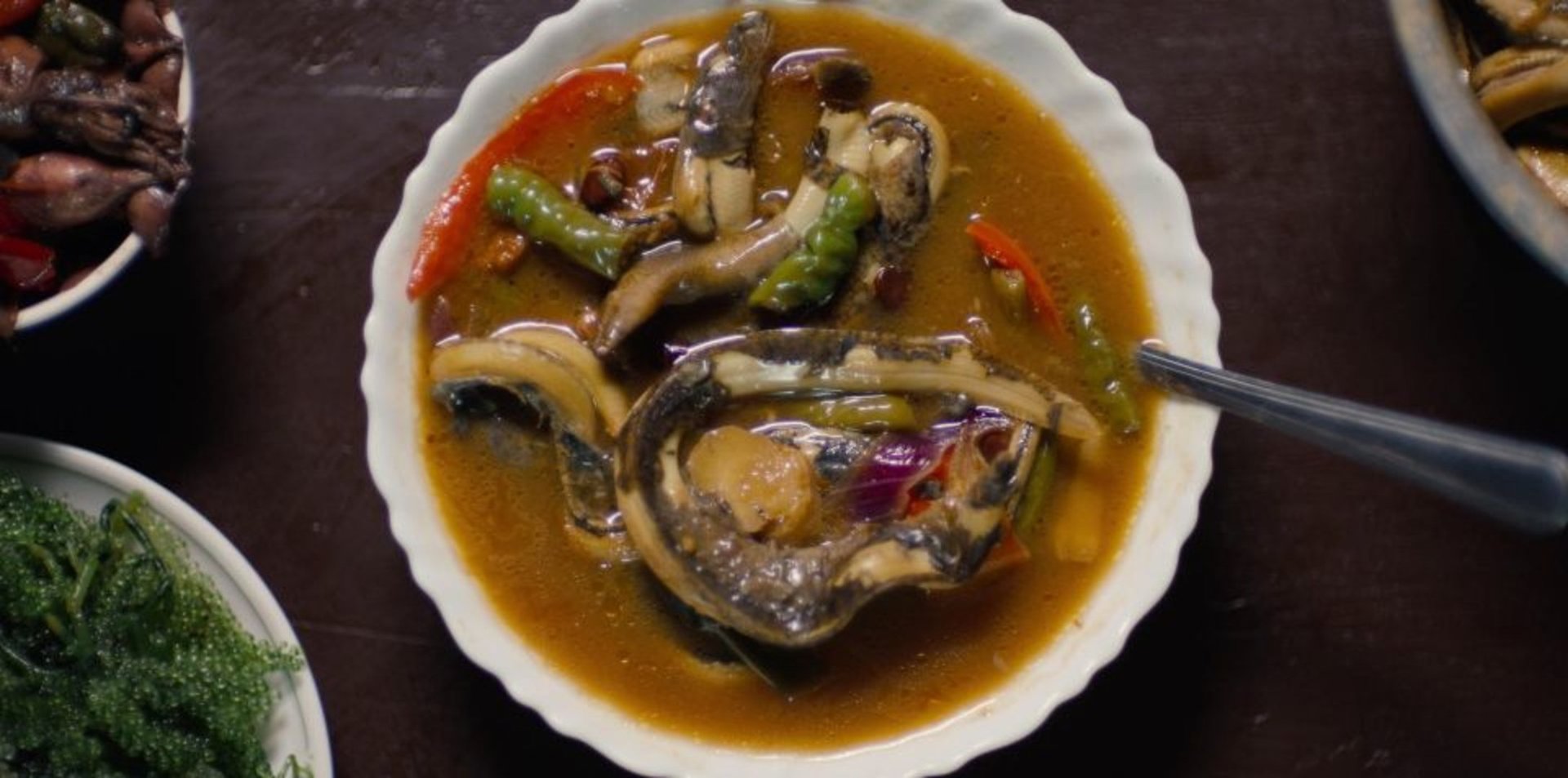
Credit: Google
Street food in Indonesia
The jajan pasar is the oldest of the sidewalk delights, which range from gudeg to cassava noodles. And one woman's dish gives a glimpse into the past.
Mbah Santinem is the subject of the first episode. This talented chef has mastered the technique of preparing Jajan Pasar, a sweet market snack that sells out practically as soon as it hits the shelves. Residents go up early simply to get a number for this snack, which sells out in a matter of hours. Our final chef is located on the outskirts of Yogyakarta, and the show concludes with a peek at him. The Mie Lethek plant is located in this neighborhood. Owner Yasir Ferry Ismatrada talks about his ambitious goals for the future and the success he's had thus far in his life, armed with a wood-fired oven and a traditional stone grinder.
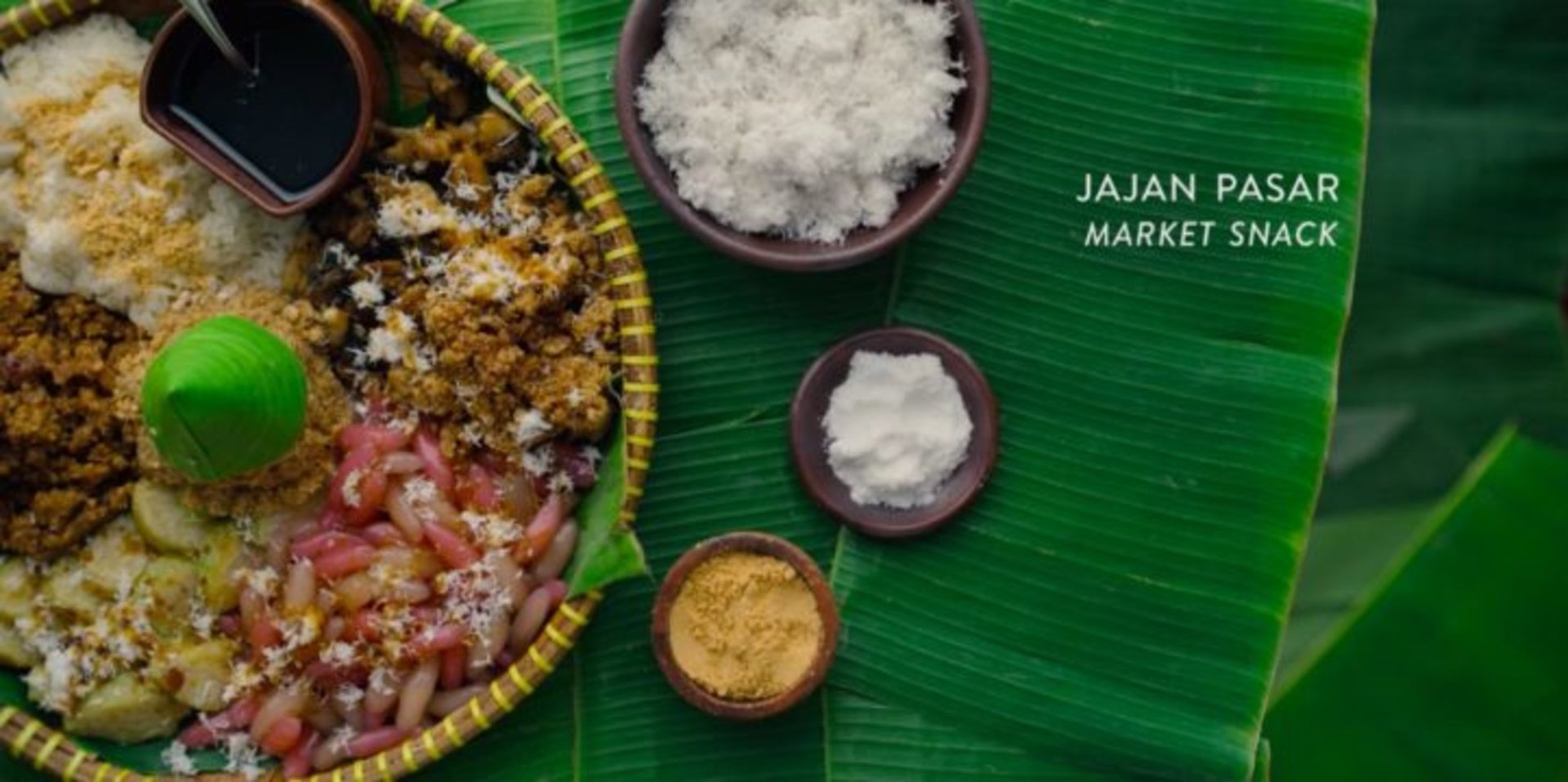
Credit: Google
Street food in India
From the crunchy savory chaat to the spicy chole bhature, these Delhi street delicacies are intricately related to family memories and political history.
Cultural historian Rana Safvi, for example, records the deadly impact of colonial India's 1947 split into the two nations of India and Pakistan, as well as how Hindu refugees from Punjab resettled in New Delhi, in the New Delhi episode. They imported Punjabi foods like "chole bhature," a chickpea curry served with fried bread that has subsequently "become very, very Delhi food," according to Safvi.
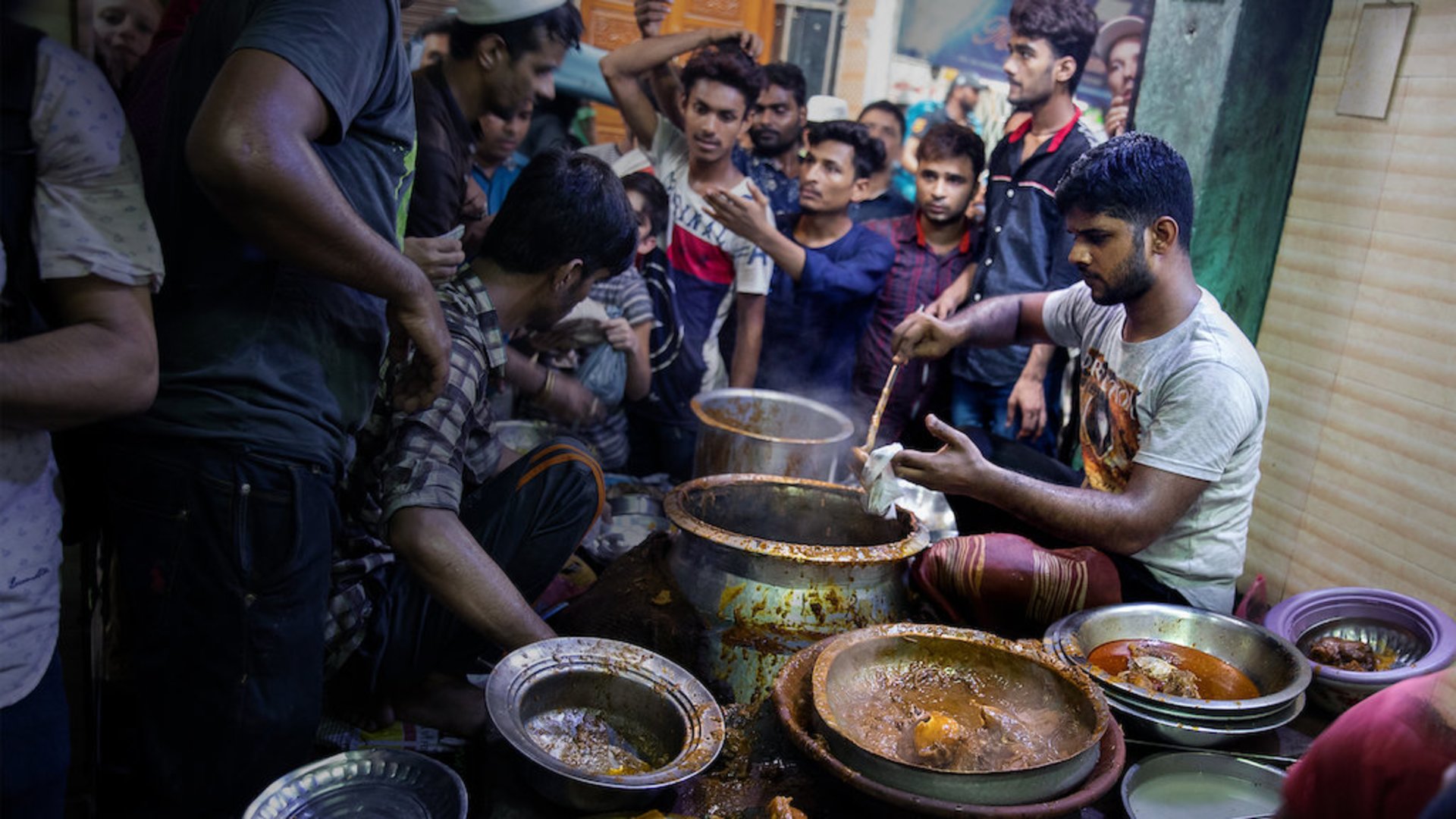
Credit: Google
Have Story To Share?
Blog with Trip.Social

Reach new audiences and maximize your potential.